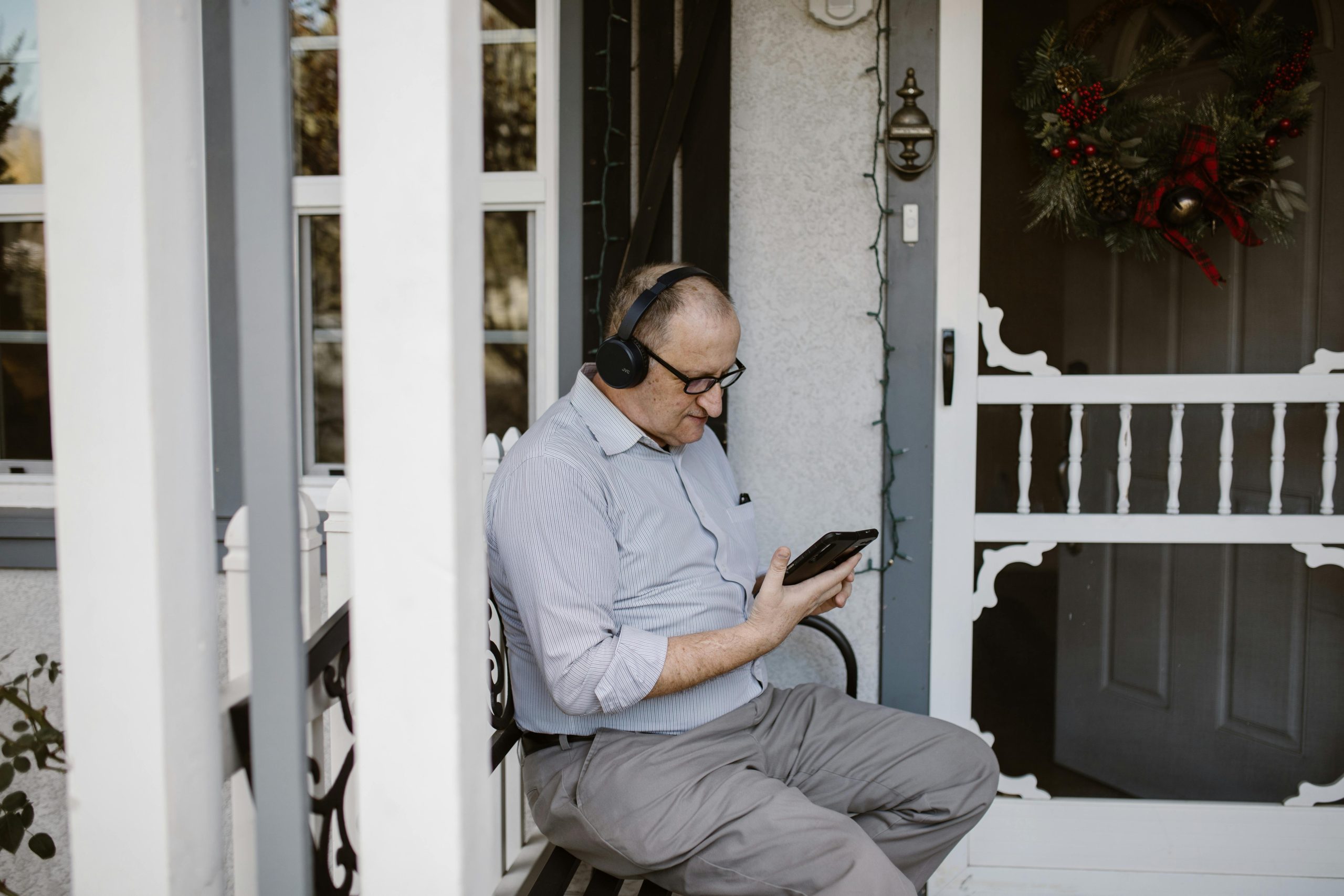Understanding the Absence of Recess in High School: What Does It Really Mean?
In the realm of secondary education, the concept of recess is often associated with elementary school where students enjoy scheduled playtimes to recharge and socialize. However, when students mention that they do not have recess during high school, it can raise questions about what their daily schedule actually entails.
What Does It Mean When Students Say They Lack Recess?
Many high school students report not having a traditional recess period, which typically involves a dedicated break for recreational activities or unstructured downtime. Instead, their academic day might be comprised of consecutive classes with limited pause in between. For some, the only significant breaks available are passing periods and designated lunchtime.
A Typical High School Schedule Breakdown
For instance, a common daily timetable could look like this:
- 1st Period
- 20-Minute Recess or Break (Some schools have a short recess between periods)
- 2nd and 3rd Periods
- Lunch Break
- 4th Period
In this scenario, the “recess” might be a brief interlude rather than a full-length break meant solely for unwinding. This structure may seem reasonable for some students, providing short intervals for relaxation or socialization. However, it is important to note that the frequency and length of recess can vary significantly between schools and districts.
Why the Difference Matters
Understanding these scheduling differences is crucial for appreciating the student experience. Schools with minimal or no dedicated recess time may place a greater emphasis on academic accumulation, whereas others recognize the importance of unstructured downtime for student well-being.
Final Thoughts
So, when you come across students or individuals saying they don’t have recess, it’s worth considering that their “breaks” might be limited to passing periods and lunch, rather than a designated recess period traditionally seen in elementary settings. Each school’s schedule reflects a balance dictated by educational policies, available resources, and priorities aimed at student development.
If you’re interested in creating a more balanced schedule for your high school or educational institution, consider integrating dedicated recess or break periods that promote student wellness and improve overall academic performance.
